
Green Thumbs, Small Spaces: Creative DIY Gardening Ideas
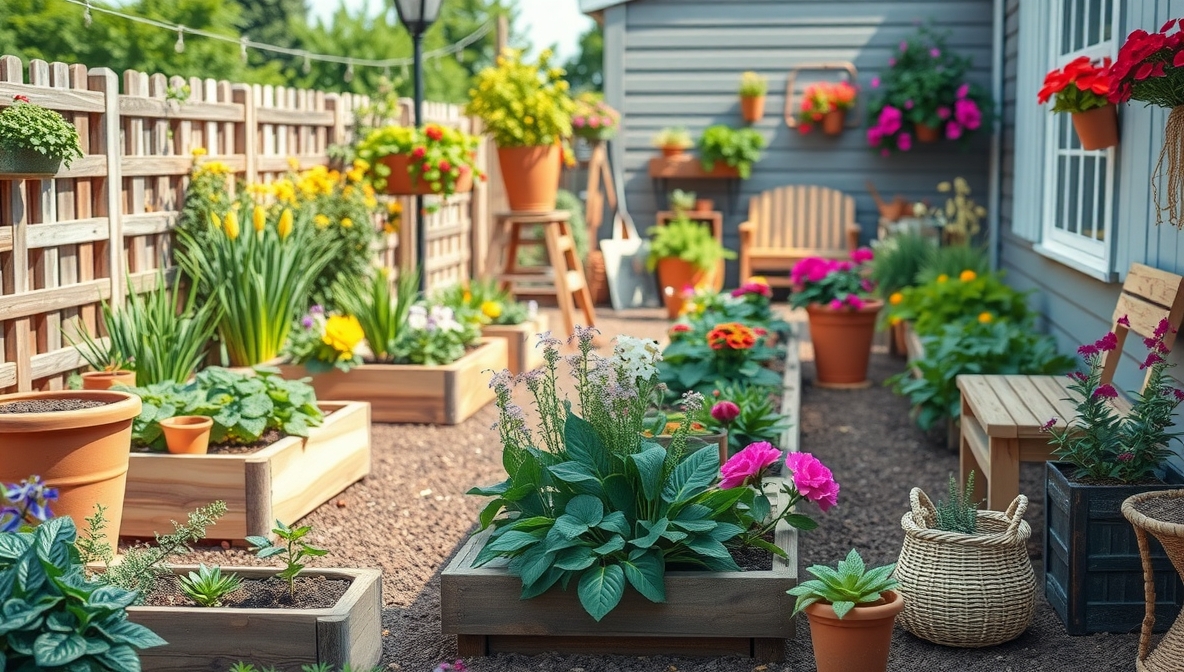
Gardening offers a refreshing escape from busy daily routines and brings a touch of nature indoors or into limited outdoor spaces. Small patios, balconies, or even windowsills can host thriving greenery with a little creativity and resourcefulness. DIY gardening projects turn ordinary containers, recycled materials, and overlooked corners into vibrant plant havens.
Herbs, succulents, and flowers flourish in unexpected spots, adding color, fragrance, and life to your environment. Experimenting with vertical gardens, container arrangements, or whimsical planters encourages personal expression and practical problem-solving. Each project provides satisfaction beyond aesthetics, fostering mindfulness and connection with the natural world.
Seasonal changes inspire new ideas and plant selections, offering opportunities to refresh spaces throughout the year. Sharing these projects with family or friends creates memorable experiences while teaching sustainable practices. Every small effort grows into a greener, more inviting space that reflects creativity, care, and dedication.
10 DIY Gardening Ideas
Gardening gives joy, fresh food, and a peaceful space at home. Small changes can make a garden look beautiful and work better. DIY gardening saves money and makes the garden personal. Here are ten ideas to make your garden bright and useful.
1. Vertical Gardens for Small Spaces
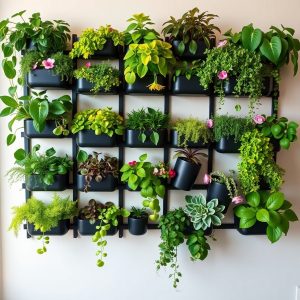
Vertical gardens save space and look nice. Use wooden pallets or old shelves. Attach small pots to them. Plant herbs like basil, mint, or parsley. Flowers like petunias and marigolds also work. Vertical gardens can stand on walls or fences. They make small yards green and lively.
Watering is easy with a drip system. It keeps plants fresh without spilling water. Vertical gardens also protect plants from pests on the ground.
2. Recycled Container Gardens
Old buckets, cans, or bottles can become plant pots. Wash containers well. Paint or decorate them to look good. Fill with soil and plant vegetables or flowers. Tomatoes, peppers, and lettuce grow well in containers.
Holes at the bottom help water drain. Container gardens can move to follow sunlight. They are good for apartments and small patios.
3. Herb Spiral Garden
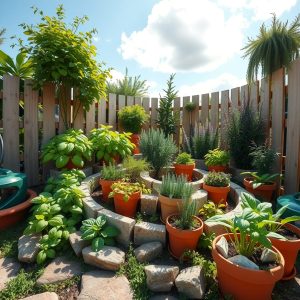
Herb spirals save space and make harvesting easy. Use stones or bricks to build a spiral shape. Plant herbs from top to bottom. Dry herbs like thyme go on top. Moist herbs like basil go at the bottom.
The spiral design helps water flow down naturally. Herbs get enough sun and water. This design also looks attractive in any garden corner.
4. Raised Garden Beds
Raised beds improve soil and reduce weeds. Use wood or bricks to build a bed above ground. Fill it with good soil and compost. Vegetables like carrots, beans, and tomatoes grow fast.
Raised beds drain water well. Plants get enough air around roots. They are easy to reach, so gardening feels less hard. You can also protect beds with netting or small fences.
5. DIY Garden Paths
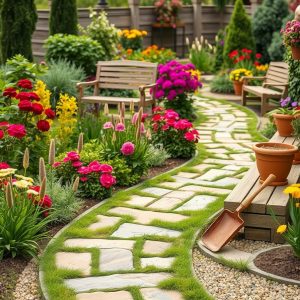
Garden paths guide visitors and protect plants. Use stones, bricks, or gravel to make paths. Place them between beds or around flowers. They look clean and stop soil from getting messy.
Add stepping stones for a natural feel. Paths make gardening easier, especially after rain. They also make your garden look organized and neat.
6. Compost Bin for Healthy Soil
Compost turns kitchen waste into soil food. Use a plastic bin or build a wooden one. Add fruit peels, vegetable scraps, and dry leaves. Mix often. Avoid meat or oily foods.
Compost makes soil rich and plants healthy. It saves money on fertilizers. A small compost bin fits in any backyard. You can also keep it simple with a covered bucket.
7. Hanging Basket Garden
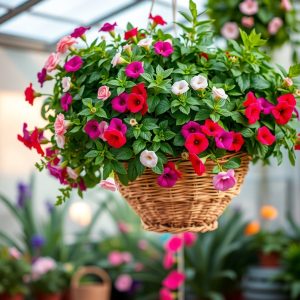
Hanging baskets save space and add color. Use strong ropes and pots. Flowers like fuchsias, geraniums, and begonias work well. Herbs like oregano or rosemary can hang too.
Baskets get sunlight from all sides. Water carefully so it does not drip too much. Hanging plants give height and beauty to your garden.
8. Butterfly and Bee Garden
Attract butterflies and bees with flowers and water. Plant lavender, sunflowers, and marigolds. Bees help pollinate plants. Butterflies add color and life.
Add a small shallow water dish. Use stones for landing spots. Avoid chemicals or sprays. This garden helps nature and makes the space lively.
9. DIY Garden Fountain

A fountain adds sound and coolness to gardens. Use a small water pump and a container. Stones and pebbles make it look natural. Water keeps moving.
Fountains attract birds and butterflies. They also give a calm feeling. Small fountains fit any size garden. You can place them near benches or paths.
10. Garden Seating Area
A small bench or chair makes the garden more usable. Use old wood or pallets to build seating. Add cushions or a simple cover. Plant flowers around the area.
Seating gives a spot to relax, read, or enjoy nature. Combine it with a small table for drinks. A seating area makes your garden feel complete.
FAQs
What plants are easy for beginner gardeners?
Lettuce, tomatoes, basil, marigolds, and sunflowers are easy to grow. They need little care and grow fast.
How much space do I need for a DIY garden?
Even a small balcony or corner can work. Use containers or vertical gardens to save space.
Can I start gardening without much money?
Yes. Recycle containers, use kitchen waste for compost, and use local soil. Many ideas cost little or nothing.
How often should I water plants?
Most plants need water 2–3 times a week. Check soil. Water more in hot weather.
Do I need fertilizers for DIY gardens?
Compost works well. Organic fertilizers also help. Avoid too many chemicals.
How can I attract birds to my garden?
Add a small water dish, native plants, and bird feeders. Birds help control pests.
Conclusion
DIY gardening brings beauty, fresh food, and joy. Small changes can make a big difference. Vertical gardens, raised beds, hanging baskets, and compost bins improve space and soil. Adding butterflies, birds, and a small fountain makes the garden lively.
Gardening does not need a large area or much money. Recycled containers, simple paths, and seating areas create a personal, useful garden. Start small and enjoy each change. A DIY garden grows with love and care.
